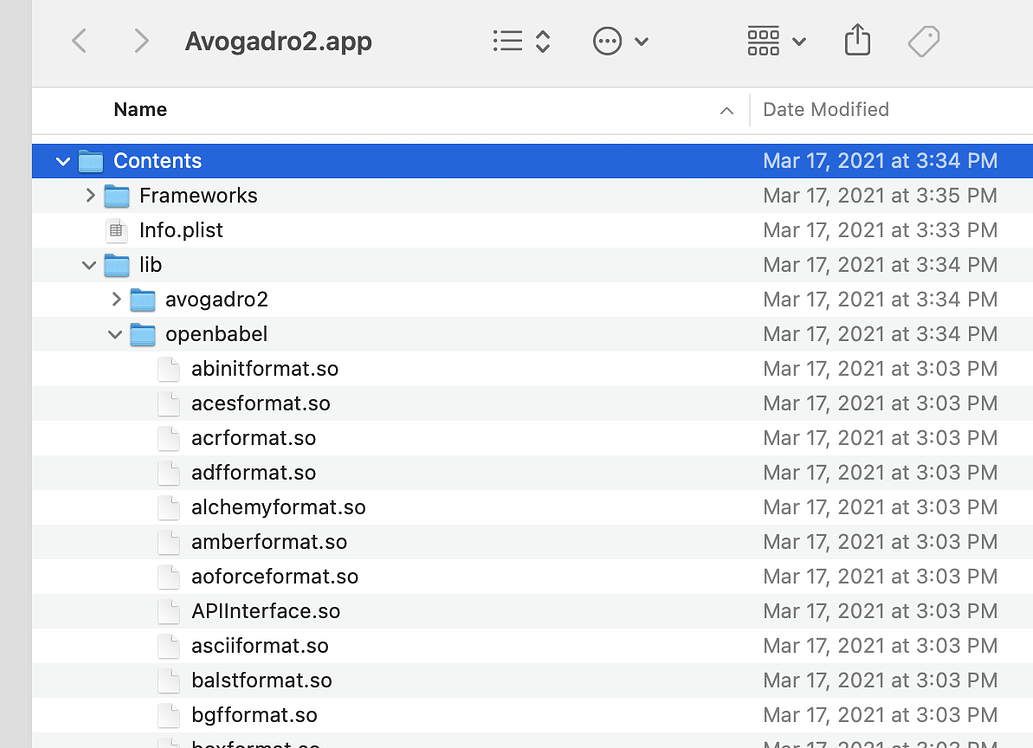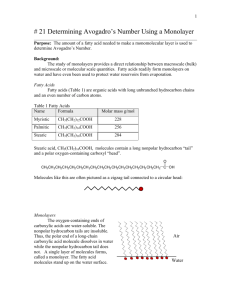

The AvogadroCore library only depends on STL C++11 (with fallbacks to Boost where the compiler doesn’t support C++11). When developing the Avogadro 2 libraries, we reexamined the assumptions we made back then and added libraries with minimal dependencies, to allow for core components to be reused without any dependencies. Virtually all classes were derived from, or heavily used, Qt classes even if you just wanted to reuse a few widgets there was a hard dependency on OpenGL and other components used by the rendering code. One of the major complaints we would get from potential users of Avogadro was that it only had one library, and it contained all of the reusable API.

#Avogadro2 user manual code
All of the new code is licensed under the three-clause BSD license, and is not only intended to power the Avogadro 2 application but also provide reference implementations that can be reviewed, tested, and reused in other applications and codes. The code still needs porting, but any issues over licensing have now been cleared up, and we will work on porting all major features over to the new codebase while ensuring testing, validation, and scalability remain a core focus. With that in mind, we have written a new set of core classes, and recently obtained permission from almost all contributors to relicense the code in Avogadro from GPLv2+ to BSD. We also found that some of the interface decisions were not ideal, and as a group we wanted to tackle a larger set of application areas than Avogadro initially set out to address. One of the major issues was that many of the data structures in Avogadro were written with quantum mechanics calculations in mind, which should come as no surprise as the application was initially developed to facilitate GAMESS calculations (predominantly ab-initio methods on small molecules in vacuum).įrom those beginnings we generalized the interface in many ways, but were hitting scaling issues and having problems using Avogadro with larger datasets. As we developed Avogadro over the years, we learned a great deal and also faced many new problems as the project grew. It is always more difficult than anticipated to rewrite, and this project has been no exception.
#Avogadro2 user manual update
One obvious question is why we decided to rewrite Avogadro, rather than incrementally update and improve it. We would like to form stronger ties with the wider community, and have worked hard to make a simple, extensible API that others can take and use in their own area of research, teaching, development, etc. It remains an open, community project with most of the current development happening at Kitware. Kitware received SBIR funding in 2011 to develop a molecular workbench, with part of the funding allocated to rewriting Avogadro so that it was well positioned to tackle major research problems over the coming years, along with a HPC integration application (MoleQueue), and a cheminformatics application (MongoChem).
#Avogadro2 user manual series
The Avogadro 1.0 release was made in 2009, and a new beta series with many changes (1.1.0) in 2012. The Avogadro project was founded in 2006, with development really ramping up in 2007 bolstered by a strong collaboration with KDE on the Kalzium project and a Google Summer of Code project to bring a molecular editor to Kalzium. This article will focus on Avogadro 2 and the libraries that power it. The diagram below shows the three core Open Chemistry projects, along with the framework development. Another, more recent article describing linking NWChem and Avogadro with the syntax and semantics of the Chemical Markup Language describes collaborative work on an end-to-end solution in open computational chemistry in collaboration with the developers of NWChem and FoX. The Avogadro paper describes Avogadro 1.x, with a particular focus on the work leading up to and including the 1.0 releases. Avogadro 2 is a rewrite of the Avogadro codebase, with a focus on scaling to larger problems in chemistry, molecular modeling, materials science, and bioinformatics. The project recently made its first release, tagging version 0.5.0 of all projects on April 11, 2013. Now we will focus on Avogadro 2, and the Avogadro libraries being developed to support the Open Chemistry project. We have written about the Open Chemistry project in a previous Source article, and MoleQueue in a more recent article.


 0 kommentar(er)
0 kommentar(er)
